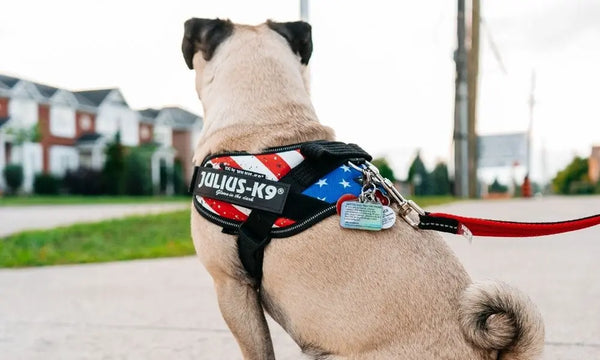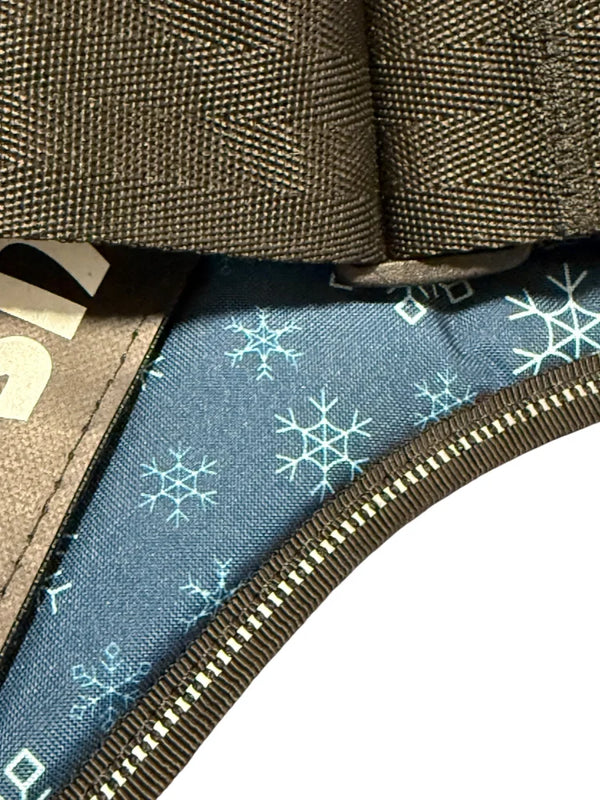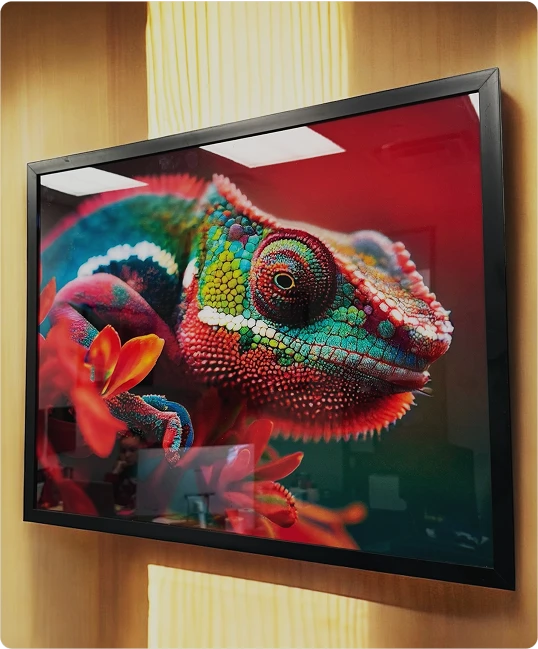
How To Tell When Your Dog Is Stressed Out
Like people, our furry friends experience stress. However, unlike us, they cannot verbalize their anxiety. Often, when our canines feel anxious, they exhibit specific behaviors as a cry for help; some dogs display aggression while others may seem to experience a loss of appetite. By realizing how to tell when your dog is stressed out, you can best comfort your pet.
Behavioral Signs
Dogs experience anxiety for various reasons, including a change in environment to separation from you. Furthermore, your canine may display various behavioral changes if they’re stressed out or anxious, such as:
- Growling
- Whining or barking
- Yawning
- Freezing
- Excessive licking
- Panting
While all of these are common behavioral signs that your dog is uncomfortable, some dogs display their panic in ways we consider “naughty behavior.” For example, a dog suffering from social anxiety may destroy furniture whenever its owner leaves them alone due to a fear of abandonment.
Physical Signs
While your dog could experience many shifts in behavior to tell you they need some extra comfort, they may also display physical signs of anxiety. Common physical signs of a stressed dog include:
- Pacing
- Shaking
- Drooling
Remember that your furry friend may display these signs for reasons not related to anxiety. For instance, if your dog is cold, they may shake, or if it's feeding time, your pup may start drooling. If your pet displays these signs, pay attention to the surrounding factors or look for other signs of stress in your pet.
Bodily Changes
Lastly, if you think your dog is experiencing signs of anxiety, focus on any bodily changes they’re displaying. This often includes:
- Posture changes
- Increased potty breaks
- Excessive shedding
Additionally, rather than stand the way it usually does, a dog’s tail may tuck between their legs when they’re stressed, or they may shift their weight to their hind legs or adopt a more rigid stance.
How Can I Help My Dog?
If your dog shows signs of stress, calm them down by removing the stressor whenever possible. Furthermore, sit with your dog and comfort them with a gentle voice and petting. Consider increasing your pet’s physical activity levels and bonding time so they can work off any access energy.
However, you may have to give your pet space during this time, especially if your dog chooses to hide in a safe location. If your dog displays signs of distress regularly, you may want to consult your veterinarian to check for underlying conditions or different treatment methods.
Understanding the many ways your pooch talks to you allows you to realize how to tell when your dog is stressed out and how to best relax them. While some dogs need an extra hug, others do best with an increased exercise routine. As you increase their workout, keep your dog comfortable with high-quality K9 dog collars; at Julius K9, you can purchase durable collars, harnesses, and leashes that are perfect for your furry friend.



